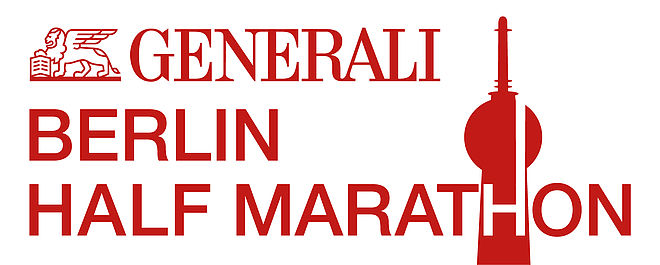Hugh Jones writes about new English running phenomena. Hugh Jones is a former
world class marathoner, winner of the London Marathon 1982 in 2:09:24, and
serves now as the general secretary of the Association of International
Marathons and Road Races (AIMS).
What makes people run? Kids run out of exuberance: they’re impulsive
and impatient. Adults run for a purpose: to catch a bus or train. Elite runners
are a curious blend of these motivations. Their youthful enthusiasm has been
turned to the purpose of earning a living. Other runners - the vast majority of
them – need something else to stir themselves into action.
What is it? What’s the magic ingredient that can attract thousands of
people to turn up and run in one place rather than another? Here in London we
have just had an interesting outbreak of enthusiasm for running. The most
popular race distance in Britain is 10km, but until now there have been no
really big races at this distance. At most they have attracted 2000 runners -
nothing compared to the London Marathon or the Great North Run. All of a
sudden, we have three 10km races in London within 3 weeks of each other, and
they all look like getting more than 5000 runners.
At the London Marathon expo back in April, two races were launched: one
around central London backed by a running shop, the other mostly within the
Royal Botanical Gardens at Kew and backed by Nike. Both are scheduled for 22
July. A similar circumstance last year led to the cancellation of one such
race, but this year the huge advertising push behind the Nike race has led to a
discernible expansion of the running market.
The race was advertised in the free London daily newspaper that every
commuter reads. There were TV ads, and there was a big poster campaign on the
London Underground. Every window display at the Niketown shop in Oxford Circus
focussed entirely on selling the race. This was all before the race entry
system opened. When it did, it sold out its 10,000 limit in three days. Given
the physical limitations of the course in the Botanical Gardens, runners will
have to be split into three separate “waves”, starting 15 minutes
apart.
The city centre 10km to be held on the same day, despite no visible
advertising, is well placed to pick up all the disappointed runners who were
not quick enough off the mark to get into the Nike race. These potential
runners have learnt a lesson. The third race in question, which was a
women-only event until this year, had 3000 enquiries before the entry form was
printed. It will be run on July 1, but the 6000 limit is likely to be reached
much sooner. Runners know they could be shut out, from their Nike experience.
They want to be sure of getting into the race, and have to be firmly
discouraged from delivering their completed entry forms in person, rather than
trusting them to the post.
Does this tell us anything more than that advertising works? That it has
worked so well in this particular case tells us something about what makes
runners run. The advertising campaign was tied into people’s daily lives.
They would be reminded every time they took the tube or read a paper. More than
that, the adverts themselves brought the potential runner – the reader of
the advert – into centre stage.
Using the names of the months in the race countdown, increasing health and
joie de vivre is projected in the adverts as the race date approaches: April
says: ‘catch that bus’; May says: ‘Run for it’; April
says: ‘take a cab’; June says: ‘overtake it’; April
says: ‘stand on the left’ [of the escalator, in the Metro]; June
says: ‘Run up the right’. These are all actions that Londoners
perform daily. The words connect with people’s everyday existence.
Because of that, people get to talking about it.
The names of the months have a feminine quality: April, May and June are
recognised female names. The biggest growth in running in recent years has been
in women-only events. The ‘Race for Life’ series in Britain
consists of sixty 5km races for women. The Flora Women’s Challenge is up
to 16,000 entries after only three years. The Nike race was marketed as a
women’s race – but it is open to men.
The most recent advert to appear in the tube: “July is a runner”
features a sketch of what looks shockingly like a male runner. Should this
surprise us? Men and women rub shoulders on the tube every day – why not
in a race? The success of women’s races in recent years has shown a way
forward for road running - which up to now has been an overwhelmingly male
sport. Bringing women into contact with men and vice-versa has never been much
of a challenge: it happens naturally. But only now are the circumstances being
created which allow this to happen in road running.
Hugh Jones


